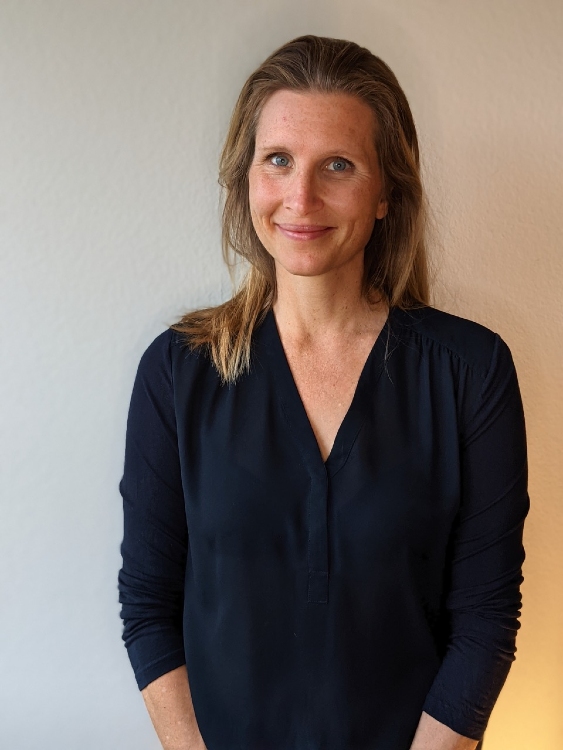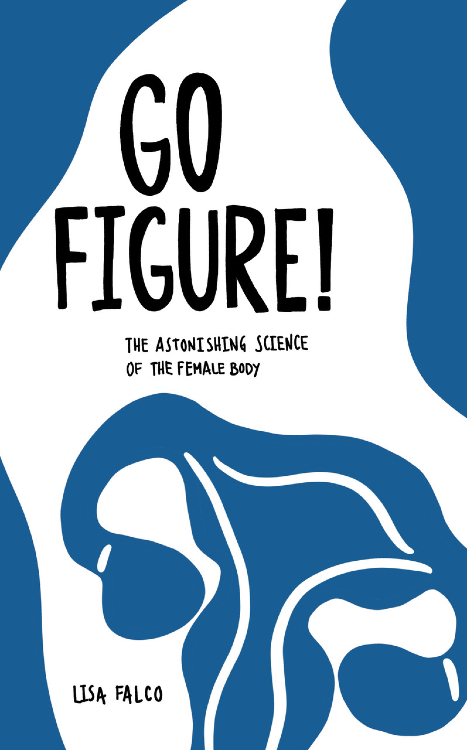
When I was first contacted by the founders of a Swiss FemTech startup, and they told me that they wanted to develop a “Fitbit for fertility”, a wearable tool to detect ovulation in women, my first reaction was to laugh.
I could see no way that measuring something on the surface of the skin could tell us what was going on inside our ovaries. I was still intrigued, so I decided to go home and do my homework.
As I studied the impact of hormones on the body, I realised that their idea maybe wasn’t that crazy after all. This was the beginning of an amazing learning journey that would open my eyes to both my own body and to a deeper understanding of other women’s experiences.
Progesterone is a hormone build by woman’s ovaries and makes the uterus ready to receive the fertilised egg. It has been known for a long time that progesterone is driving temperature up in the second half of the menstrual cycle, but when we started to follow women’s cycles, mine as well, we could also track how it together with oestrogen was changing the heartrate and breathing rate in women.
On a personal level, observing how my vital functions changed with the cycle, I started to see links between them and my sports performance, my metabolism, my mood, and my sleep. More importantly, through the wearable bracelet, I could learn exactly which days I was fertile and when in the menstrual cycle I was ovulating (and no, it was not on day 14 as you normally hear).
The wearable opened my eyes to other physical symptoms I had of fertility, and it was incredibly empowering to understand this part of my own body. For women with irregular cycles or fertility issues, this understanding is important and can even help identifying underlying health issues.
By tracking my menstrual cycle, I later noticed my very first slight change in cycle regularity. This was the first sign that perimenopause was just around the corner.
Perimenopause can often come as a surprise to many women. We are often well informed about menopause (the moment of the last menstruation) but all the symptoms we associate with menopause; hot flashes and night sweats, irritability, brain fog and weight gain, are symptoms of perimenopause which are the 3-10 years leading up the actual menopause.
Some wearables claim to be able to track hot flashes, and others claim that your heart rate might get irregular during the hot flashes. Quantifying those incidents while also tracking your sleep (as this tend to be disrupted during perimenopause), could help both you and your doctor to decide whether a hormonal replacement therapy would be of interest.
If I follow in my mother’s footsteps, I still have a few years until I reach menopause but when that happens there are a few important things to consider.
After menopause oestrogen will no longer be produced in the ovaries, and this hormone is an important natural protection again heart disease.
When we think about heart attacks, we often think about a man grabbing his chest before falling to the ground, but heart disease is also the number one killer in women and the risk is much stronger after menopause.
Women experience very different symptoms of heart attacks than men and since research has historically focused more on men, women are more likely to be misdiagnosed. Even today, doctors sometimes misjudge heart attacks for an anxiety attack.
Detecting heart failures with a wearable is not yet possible but within a decade, this will most likely become a reality. Wearables can already now be an important part in prevention by providing early insights on your heart health.
Most normal fitness trackers can measure your resting heart rate and if this becomes too high, there are good reasons to get a medical check-up. New wearables that are currently in development will also allow us to keep track of our blood pressure, which is an even more important marker for heart health.
Not only heart health suffers from the lacking hormones but also the bones. Oestrogen plays an important role in building up our bones and when it is gone, they degenerate faster. It then becomes important to have strong muscles to support the bones and prevent fractures. No matter the levels of wishful thinking, the only way of building muscles is to move more.
To make it all worse, very recent research indicates that oestrogen might also be a strong driver in the will to move, so suddenly we need to move more, at the same time we want to move less. No magic formula can make you move more but fitness trackers with step counting can be an important motivator.
Among my friends we all know that the recommended 10,000 steps a day, is a random number with no scientific support, yet we all are slightly obsessed with the idea of reaching them. Just because our fitness trackers tell us so.
There are also studies showing that if you use fitness trackers with a specific goal to reach, people move up to a mile more a day on average. This movement doesn’t only help the building of muscles but is also important for heart health. Getting 10’000 steps a day might feel unrealistic to many but even the setting of a much lower goal can bring you great benefits.
Another huge benefit of tracking your vital functions and symptoms is that it can help in the communication with others. I am not only talking about the incredible satisfaction of proving to your husband that: “indeed, the kids woke me up way more than him last night”, but more importantly in the communication with health care professionals.
Technology gives you objective ways to assess your health and being able to back up your “feeling that something is wrong” with concrete data can be helpful when talking to your doctor and help reaching a diagnosis faster. The technology is also a way to do comparisons between women and can be used for clinical studies.
Research on women is a topic that has been neglected for a long time so there is a huge lack of data. By tracking your data on platforms that are dedicated to research on women’s health, you could contribute to decrease this gap in knowledge. Your data tracking today, may increase the health of women in the future.
Wearables in form of fitness trackers is nothing new but as a technology it is still in its infancy. In the future, it is likely that in combination with algorithms and artificial intelligence they will be able to give you a full-blown diagnosis based on your vitals and even more important, provide you with a personalised prevention program so you can avoid disease in the first place.
Today, they can still give you an indication that you should see your doctor, but you need to take the interpretation in your own hands. No matter what age we are, technology can help us raise awareness and knowledge about ourselves and our health.

Go Figure! The Astonishing Science of the Female Body by Lisa Falco is published by Clink Street and is available now.
MORE FROM BOOKS: Here be monsters: An interview with sci-fi fantasy romance author Aria Mossi
Tagged in Technology

